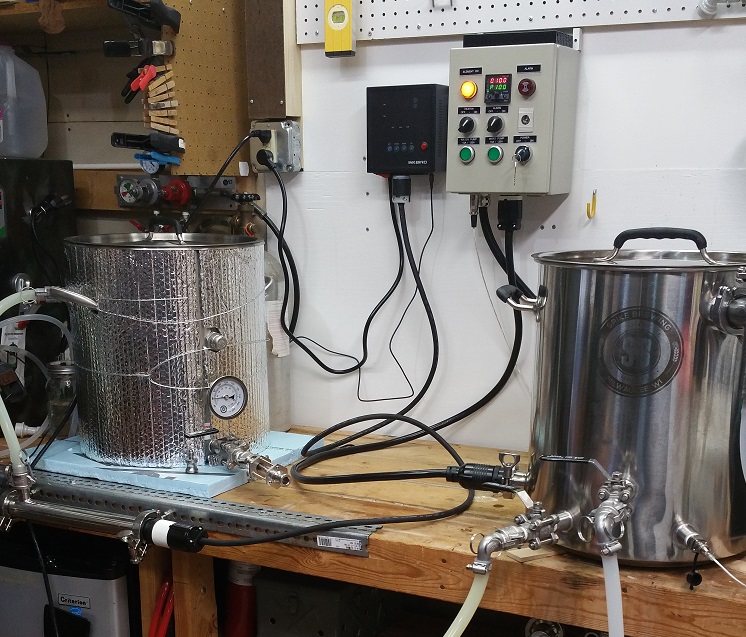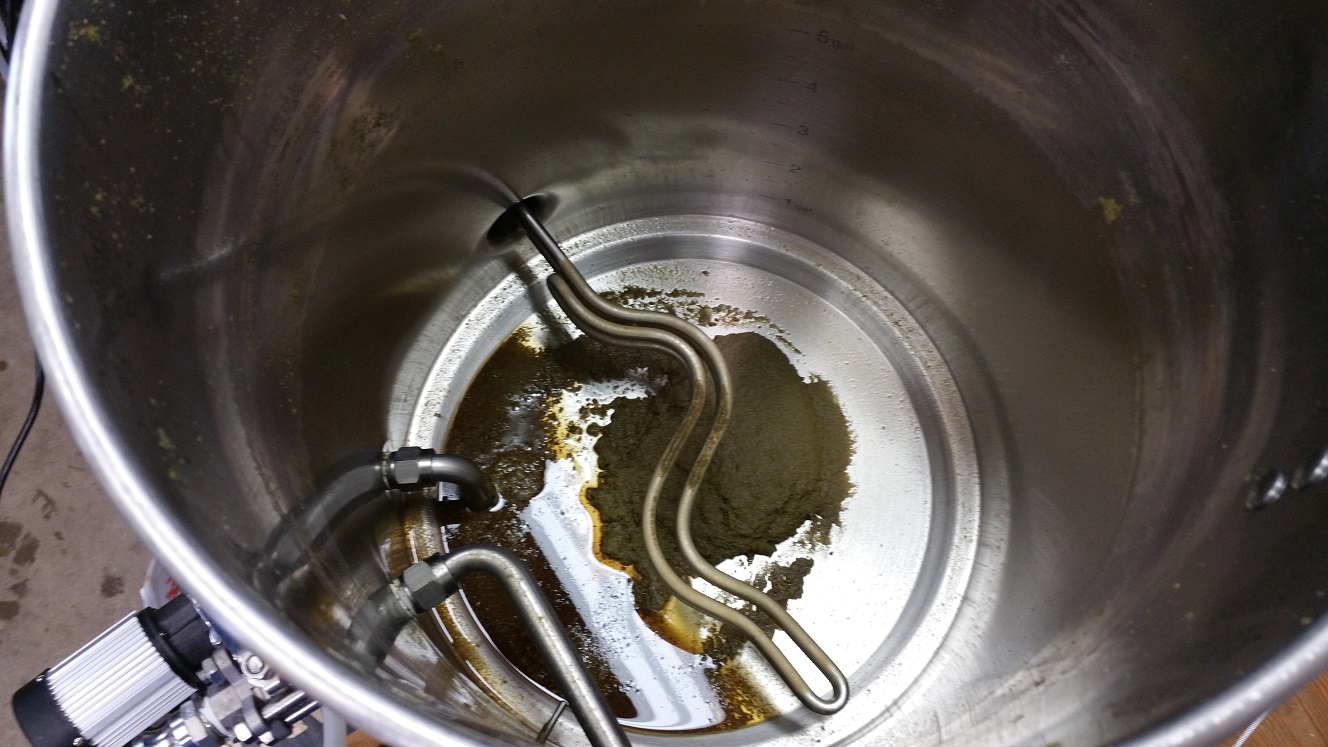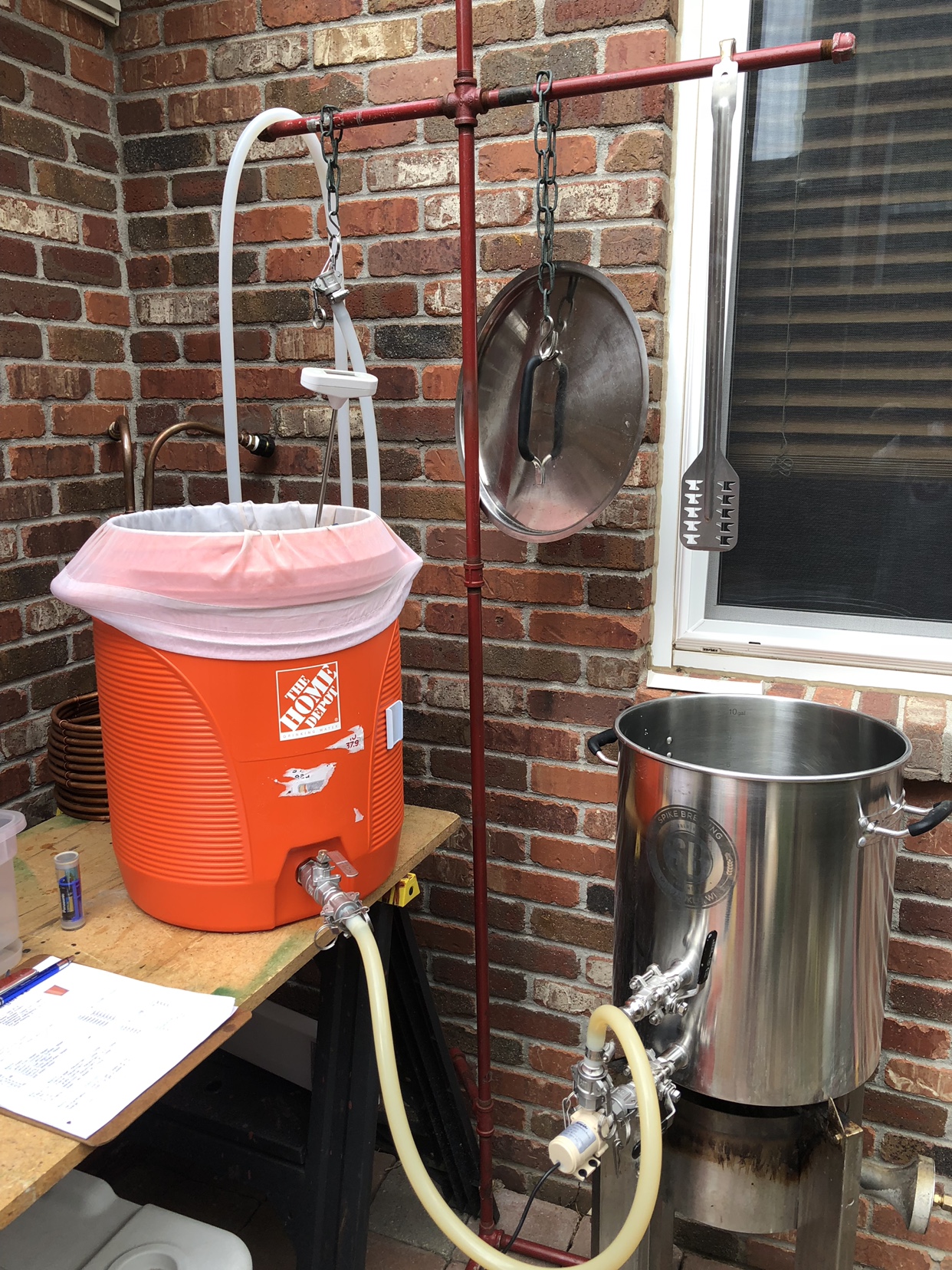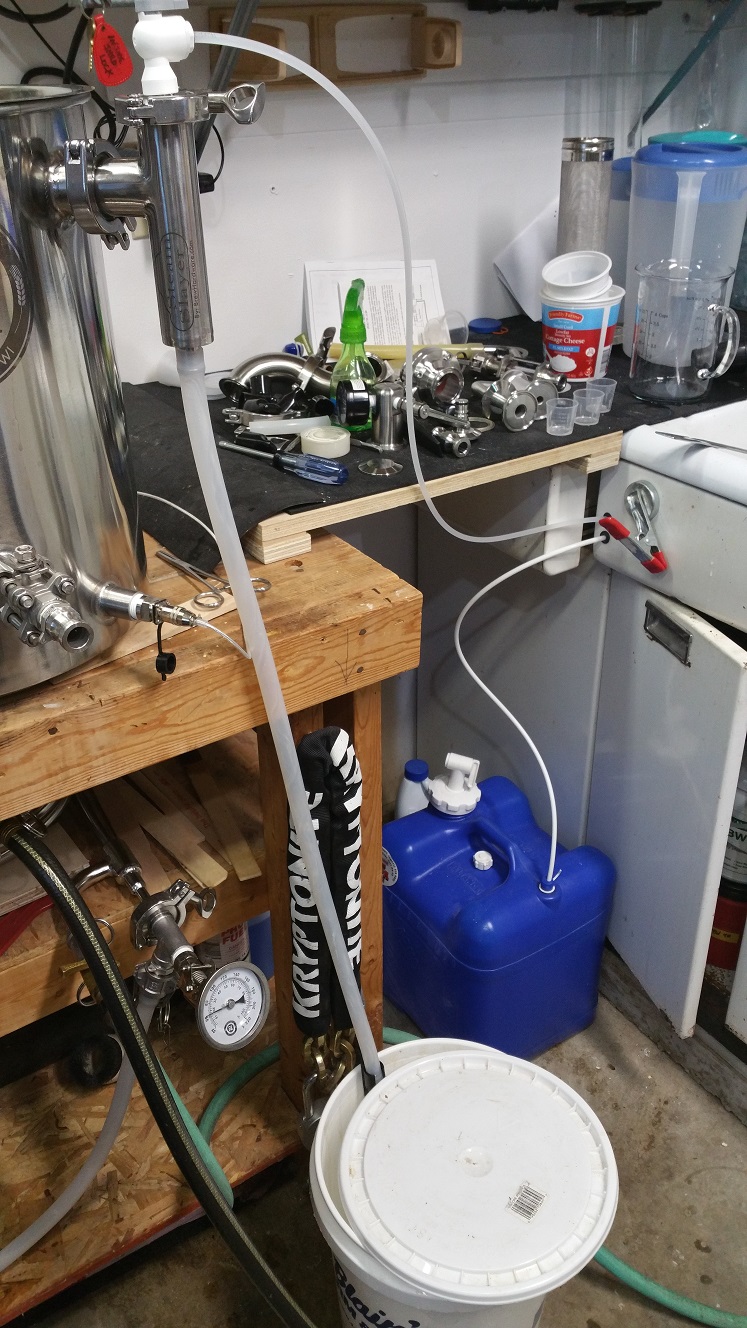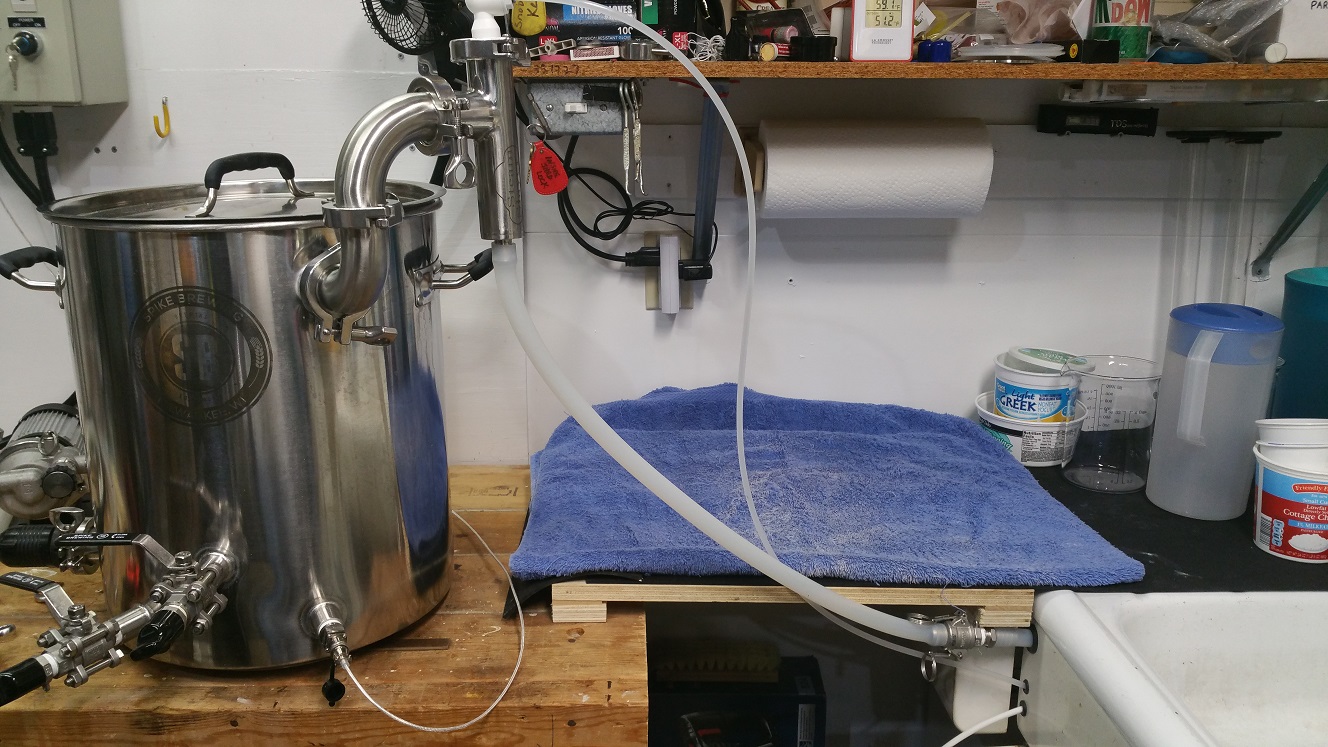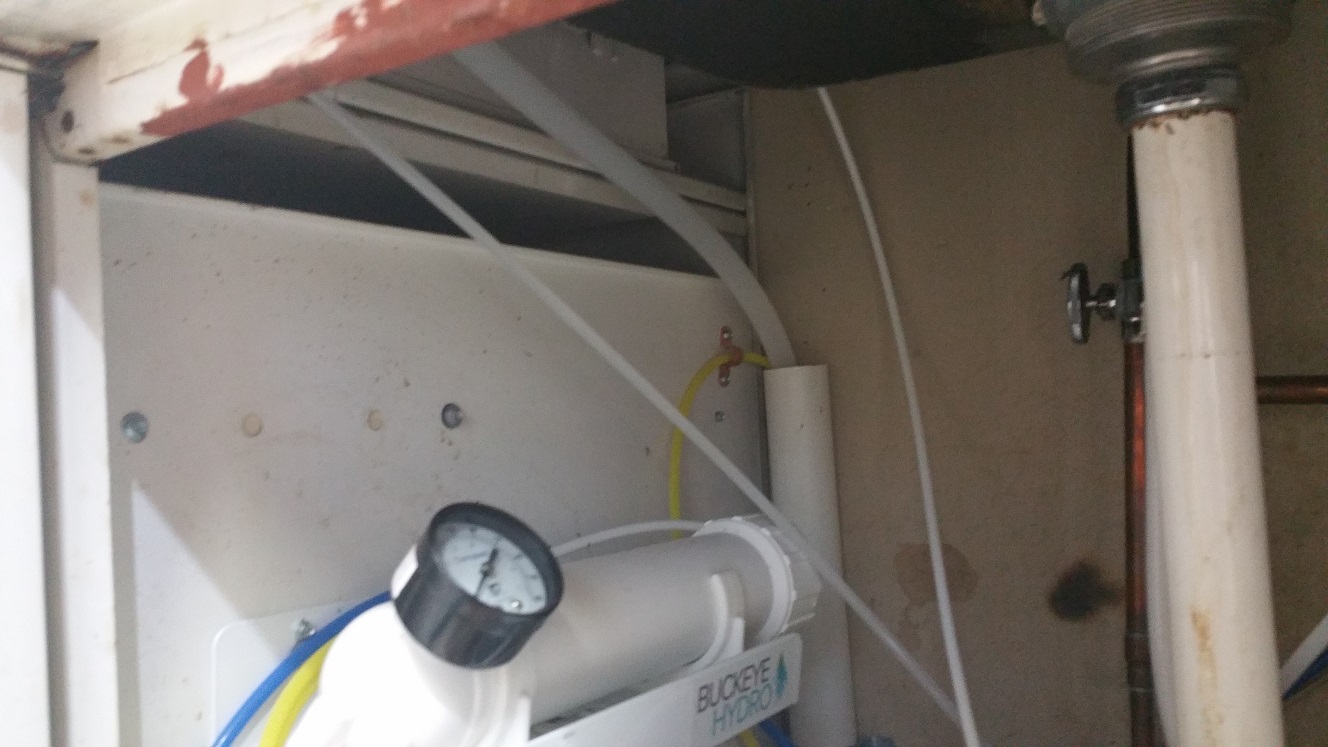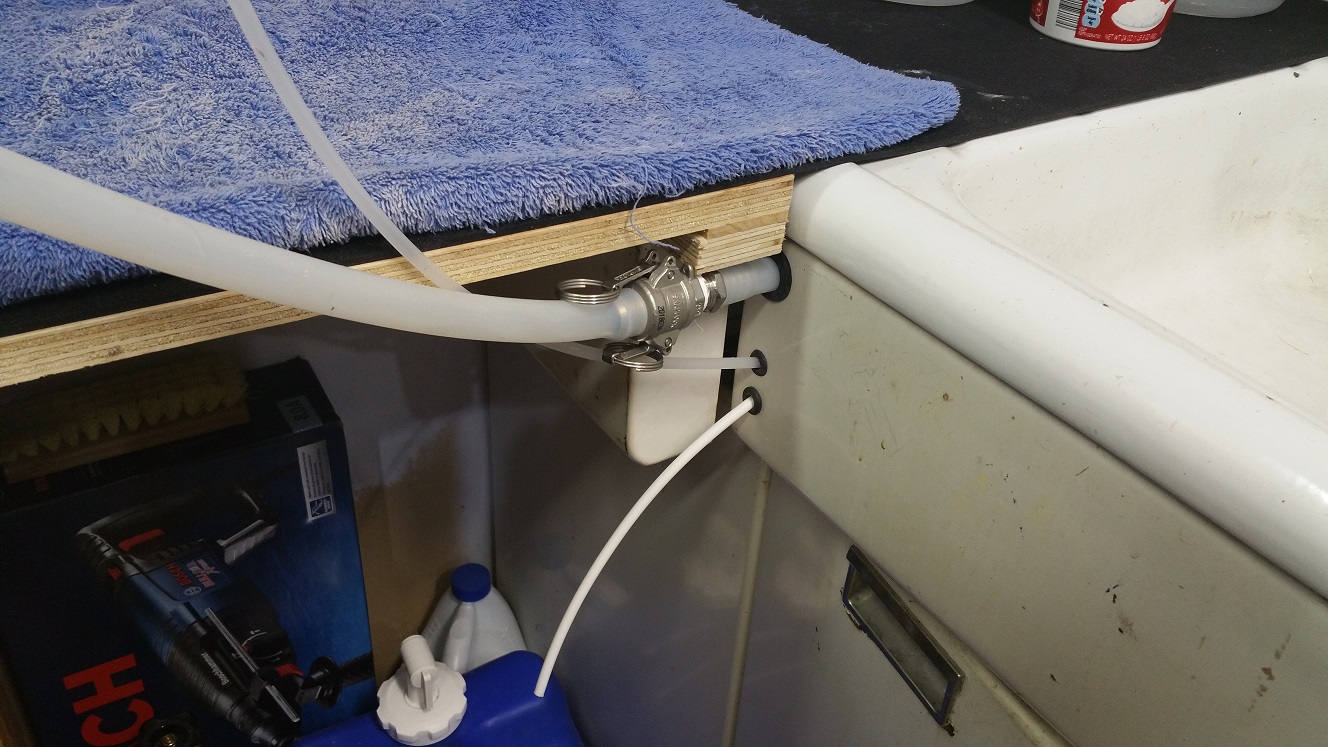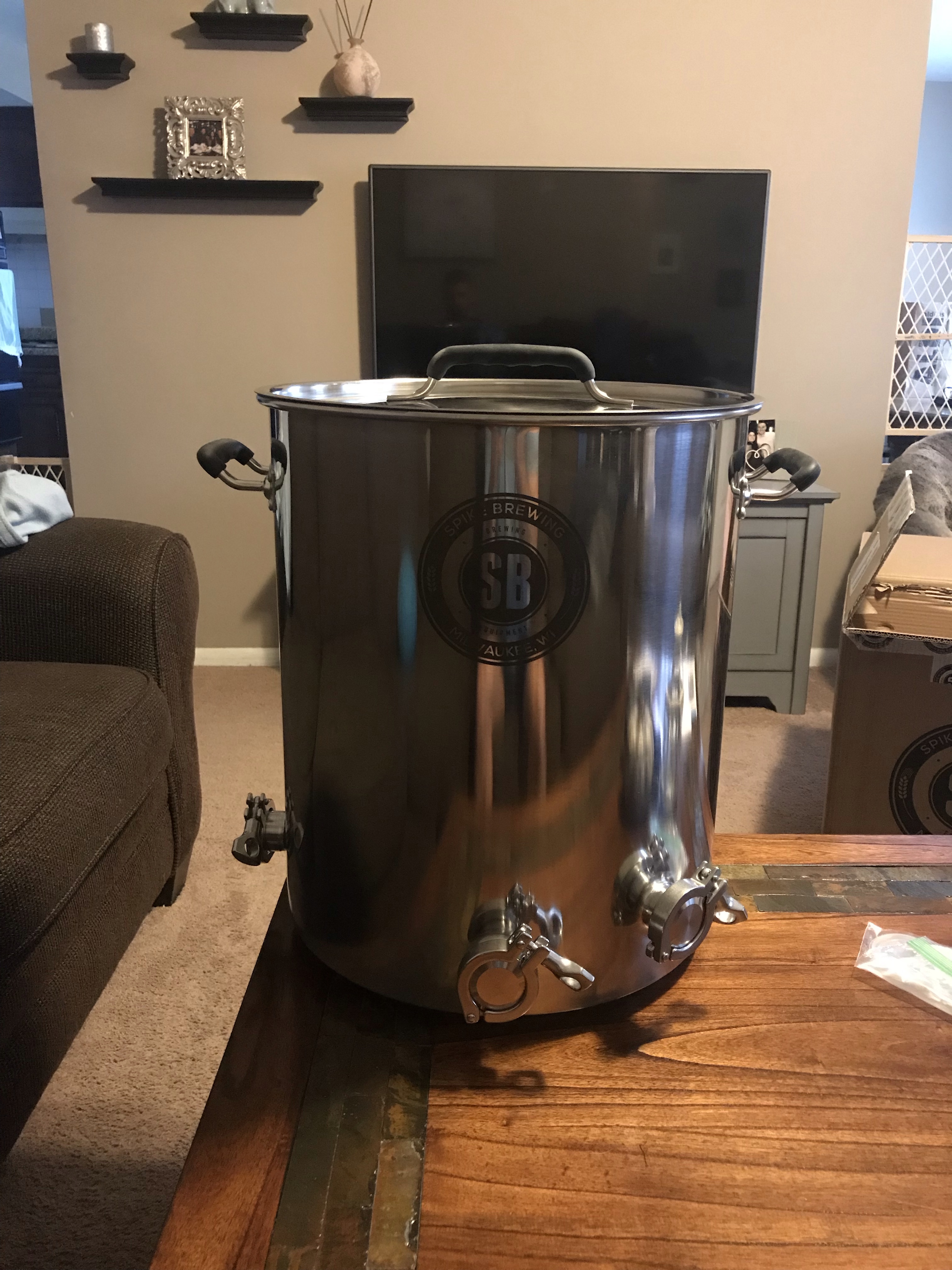Ridenour64
Well-Known Member
- Joined
- Sep 29, 2012
- Messages
- 603
- Reaction score
- 249
Hey everyone. I’ve been reading on these forums a lot trying to learn the process. I have history in making wine, cider, mead ETC. and I have recently made a few 1 gallon beer kits just to try and learn the process. I want to start doing 5 gallon all grain batches.
After reading on the forums, it sounds like a 15 gallon kettle is the way to go. I’ve decided on a custom spike TC kettle. I’m trying to figure out how many ports, and where exactly I should place them.
I do know that I want to put an element in the kettle so I can brew inside. I’ve read that my stove more than likely won’t be efficient. I’m thinking a TC at 12 o clock for the element. A TC at 6 o clock for the valve, and maybe a another TC at 6 but a few inches up for a thermometer.
Can you guys think of anything I’m missing, or not considering? I really don’t want to run any pumps or whirl pool or anything like that. I’d really like to keep this process simple. At least for now.
Im also open to any other advice for making BIAB easier on a 15 gal spike kettle. Baskets for holding the bag. Is a raise false bottom necessary when running an element ETC.
Thanks in advance!
After reading on the forums, it sounds like a 15 gallon kettle is the way to go. I’ve decided on a custom spike TC kettle. I’m trying to figure out how many ports, and where exactly I should place them.
I do know that I want to put an element in the kettle so I can brew inside. I’ve read that my stove more than likely won’t be efficient. I’m thinking a TC at 12 o clock for the element. A TC at 6 o clock for the valve, and maybe a another TC at 6 but a few inches up for a thermometer.
Can you guys think of anything I’m missing, or not considering? I really don’t want to run any pumps or whirl pool or anything like that. I’d really like to keep this process simple. At least for now.
Im also open to any other advice for making BIAB easier on a 15 gal spike kettle. Baskets for holding the bag. Is a raise false bottom necessary when running an element ETC.
Thanks in advance!














































![Craft A Brew - Safale S-04 Dry Yeast - Fermentis - English Ale Dry Yeast - For English and American Ales and Hard Apple Ciders - Ingredients for Home Brewing - Beer Making Supplies - [1 Pack]](https://m.media-amazon.com/images/I/41fVGNh6JfL._SL500_.jpg)












